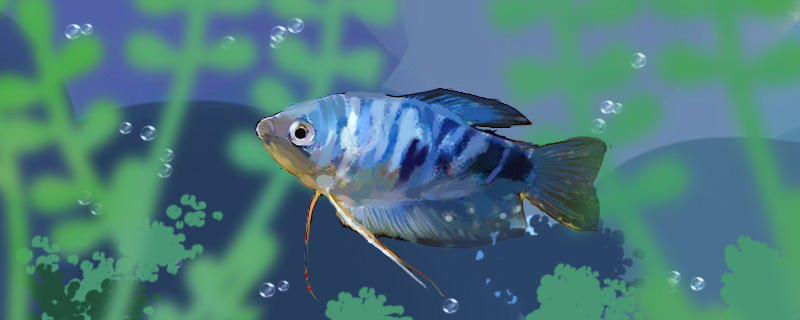
? The arowana is oviparous. Their reproduction is done by the male fish. After the male fish is in heat, they will spit bubbles on the surface of the water. This is nesting. If there are aquatic plants in the fish tank, they will use them to build nests. After building the nest, they will bring the female fish around the nest to mate. During mating, they will wrap their bodies around the female fish and keep shaking or turning over. After mating, the female will spill countless eggs into the nest. After mating, the female will leave directly, while the male will guard around the nest all the time.
the Arowana after breeding? The Arowana will lay its eggs in the built bubble nest, and the hatching of the eggs is also carried out in the bubble nest. After spawning, the female fish can be fished out, leaving only the male fish in the container to take care of the eggs. During the incubation of the eggs, the male fish will keep flapping his fins to make the eggs full of oxygen. If the nest is damaged during incubation, the male fish will go up to repair it. If fish eggs accidentally fall out of the nest, they will catch them in their mouths and send them back to the nest. After about 30 hours, the
eggs can hatch, and the hatchlings will come out of the nest. At this time, the breeder needs to fish out the male fish to prevent them from sending the young fish back to the nest as eggs.